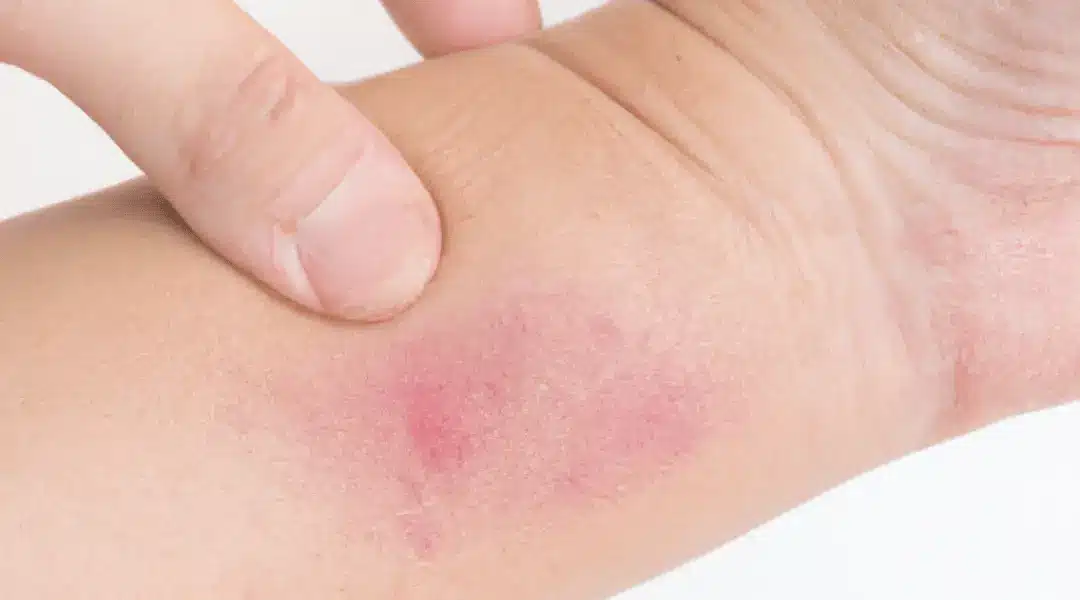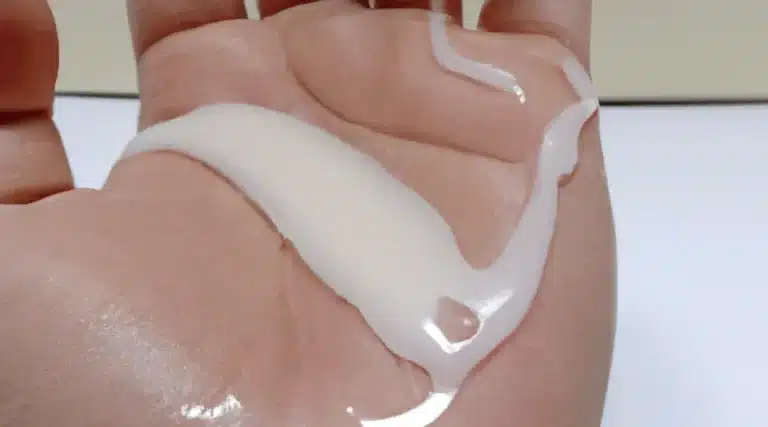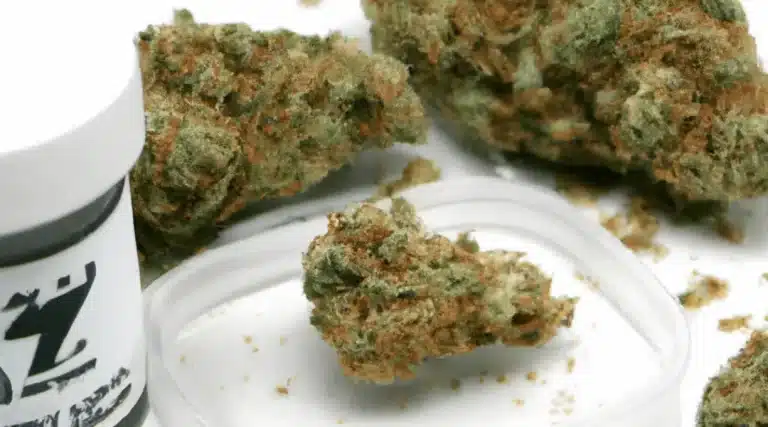Cuts and scrapes are common injuries that can happen to anyone, anywhere. They can occur while cooking, gardening, playing sports, or doing everyday activities. Super glue is a popular adhesive that can be found in most households. Some people believe that it can be used to treat cuts and scrapes. In this blog post, we will explore about How to Use Super Glue to Heal Cuts and Scrapes in complete detailed and in an effective way.
Let’s dive into this peculiar topic and uncover the taste, health risks, and even unique uses of glue beyond its intended purpose.
What is Super Glue?
Super glue, also known as cyanoacrylate adhesive, is a fast-drying, strong adhesive that is used to bond materials together. It works by creating a chemical bond between the surfaces that it comes into contact with. Super glue is commonly used for household repairs, crafting, and in the medical field for wound closure.
Medical-grade super glue is different from regular super glue. It is sterile and designed specifically for use on skin. Medical-grade super glue is used in emergency rooms and clinics to close wounds that are not deep or wide enough to require stitches.
However, it is important to note that using regular super glue on wounds is not recommended as it can cause irritation, inflammation, and infection.
How Do Cuts and Scrapes Heal?
Cuts and scrapes are injuries that occur when the skin is broken or damaged. The body’s natural response to a cut or scrape is to stop the bleeding, clean the wound, and repair the damaged skin. This process involves the formation of a scab, which protects the wound and promotes healing. Over time, new skin cells grow and replace the damaged tissue.
It is important to keep the wound clean and moist to prevent infection and promote healing. Applying an adhesive, such as super glue, can help keep the wound closed and protected.
However, using super glue on a wound can also have negative effects, such as delaying healing and causing irritation.
How to Use Super Glue to Heal Cuts and Scrapes

Here are some steps to follow when using super glue to heal cuts and scrapes:
- Clean the wound thoroughly with soap and water.
- Use a sterile gauze or cloth to dry the wound completely.
- Apply a small amount of super glue to the edges of the wound, taking care not to get any glue inside the wound.
- Hold the edges of the wound together until the glue dries, which typically takes a few seconds to a minute.
- Apply a second or third layer of glue as needed, making sure to keep the wound edges together until the glue dries.
- Cover the wound with a sterile adhesive bandage or gauze to protect it from dirt and bacteria.
- Monitor the wound for signs of infection, such as redness, swelling, or pus, and seek medical attention if necessary.
- Remove the super glue after a few days to allow the wound to breathe and promote proper healing.
Note: It is recommended to consult with a healthcare professional before using super glue as a wound closure method.
Risks of Using Super Glue on Cuts and Scrapes
Using super glue on cuts and scrapes can be risky and potentially harmful. Super glue is not intended for use on skin and can cause a variety of adverse effects, such as:
- Skin irritation and inflammation
- Delayed wound healing
- Allergic reactions
- Infection
Additionally, super glue can damage the wound and make it harder for healthcare professionals to provide proper care if needed.
When to Use Super Glue on Cuts and Scrapes
Medical-grade super glue can be used to close small wounds that are not deep or wide enough to require stitches. However, it is important to seek medical attention if the wound is deep, wide, or bleeding heavily.
Do not use regular super glue on wounds as it is not sterile and can cause harm.
If you are considering using super glue on a cut or scrape, it is best to consult a healthcare professional first.
Proper Wound Care
Proper wound care is essential for healing and preventing infection. Here are some tips for caring for a cut or scrape:
- Clean the wound with soap and water
- Apply an antibiotic ointment
- Cover the wound sterile bandage or gauze
- Change the bandage daily or as needed
- Keep the wound dry and avoid getting it wet
If the wound shows signs of infection, such as redness, swelling, or pus, seek medical attention immediately.
Alternative Wound Closure Methods
There are several alternative wound closure methods that can be used instead of super glue, such as:
- Sterile adhesive strips or butterfly bandages
- Sutures or stitches
- Sterile medical tape
These methods are safe and effective for closing wounds and reducing the risk of infection.sur
Conclusion
Super glue is not recommended for use on cuts and scrapes. It can cause harm and delay healing. Medical-grade super glue can be used for small wounds not require stitches, but it is important to seek medical attention if the wound is deep, or bleeding heavily. Proper wound care is essential for healing and preventing infection. Alternative wound closure methods, such as adhesive strips or stitches, are safe and effective.



